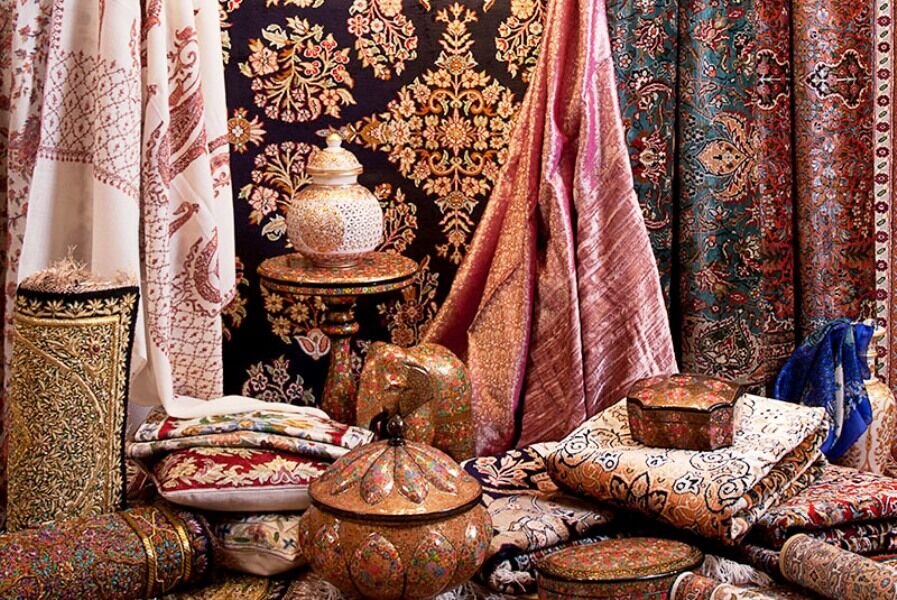Iranian handicrafts evolved to meet more consumer, market needs: minister

TEHRAN – Iranian handicrafts have been evolved to meet more customer tastes and to enter new markets, thanks to its immense capacities, and creativity of craftspeople, Cultural Heritage, Tourism, and Handicrafts Minister Ali-Asghar Mounesan has said.
"High capacity of Iranian handicrafts such as ingenuity of its artisans has led to the creation of new beautiful handicrafts by the means of combining various crafts fields, to meet more customer tastes, and to enter new markets," Mounesan said on Thursday.
He made the remarks on the occasion of World Handicrafts Day, adding "115 handicrafts fields have been revived across the country over the past couple of years."
World Handicrafts Day shows its importance among art-loving people around the world. Naming a day for handicrafts shows the high value of handicrafts of any nation and nationality. Every year, World Handicrafts Day is celebrated in Iran. Due to the historical and ancient background of this country, handicrafts have a special place among the people. This day is equivalent to June 10th in the calendar.
There are some 300 handicrafts in Iran. The most famous Iranian handicrafts include kilim, carpet, engraving, glassmaking, inlay work, enamel work, pottery, wood, tapestry embroidery, and so on. Among the country’s top handicrafts that have received international attention, handmade carpets represent the cultural and artistic strength of Iran in the world.
Hand-woven carpets and kilims are a symbol of Iran since ancient times, and this popularity has been accepted internationally too.
With 14 entries, Iran ranks first globally for the number of cities and villages registered by the World Crafts Council, as China with seven entries, Chile with four, and India with three ones come next.
In January 2020, the cities of Shiraz, Malayer, and Zanjan and the village of Qassemabad were designated by the WCC- Asia Pacific Region, putting Iran’s number of world crafts cities and villages from ten to 14.
Shiraz was named a “world city of [diverse] handicrafts”. Malayer was made a global hub for woodcarving and carved-wood furniture. Zanjan gained the title of a “world city of filigree”. And Qassemabad village, which is nationally known for its traditional costumes, was also promoted to a world hub of handicrafts. Chador Shab, a kind of homemade outer garment for women, was, however, the main subject for the WCC assessment for the village.
The value of Iran’s handicrafts exports stood at $120 million during the first eleven months of the past Iranian calendar year 1399 (March 20, 2020 – February 18, 2021), Mehr reported. The country’s handicrafts exports slumped during the mentioned months in comparison to the same period last a year earlier due to the damage the coronavirus pandemic has inflicted on global trade.
The Islamic Republic exported $427 million worth of handicrafts during the first eleven months of the calendar year 1398. Of the figure, some $190 million was earned via suitcase trade (allowed for customs-free and tax-free transfer) through 20 provinces, according to data compiled by the Ministry of Cultural Heritage, Tourism and Handicrafts.
Ceramics, pottery vessels, handwoven cloths as well as personal ornamentations with precious and semi-precious gemstones are traditionally exported to Iraq, Afghanistan, Germany, the U.S., the UK, and other countries.
AFM
Leave a Comment